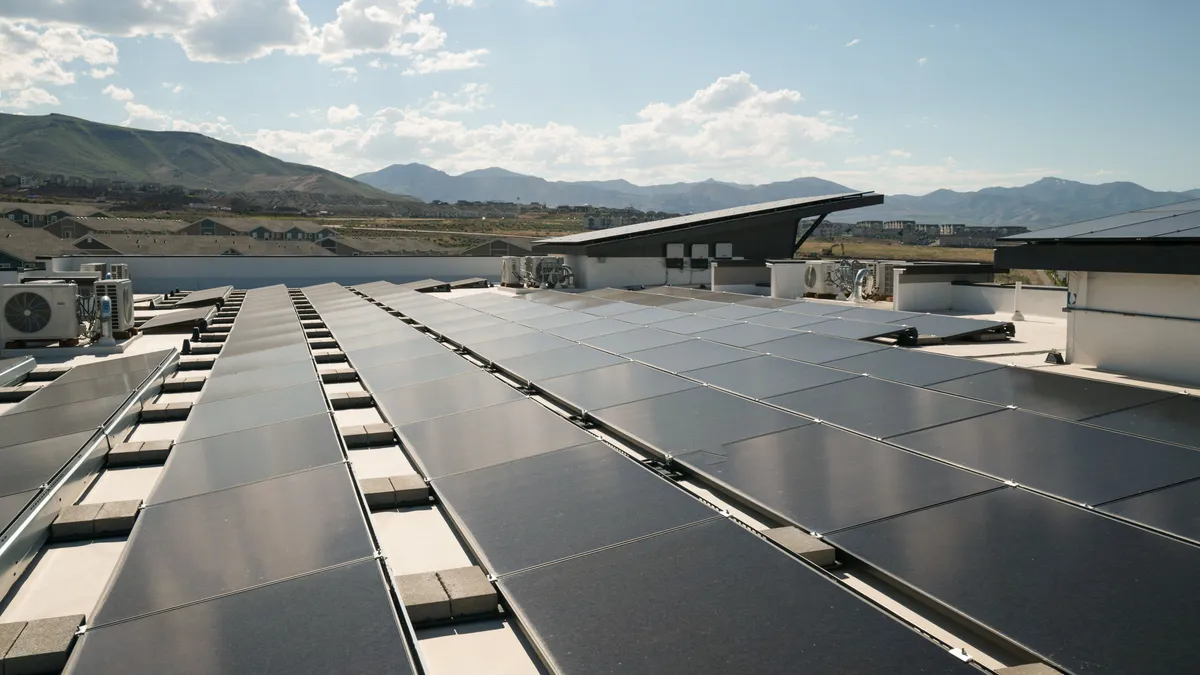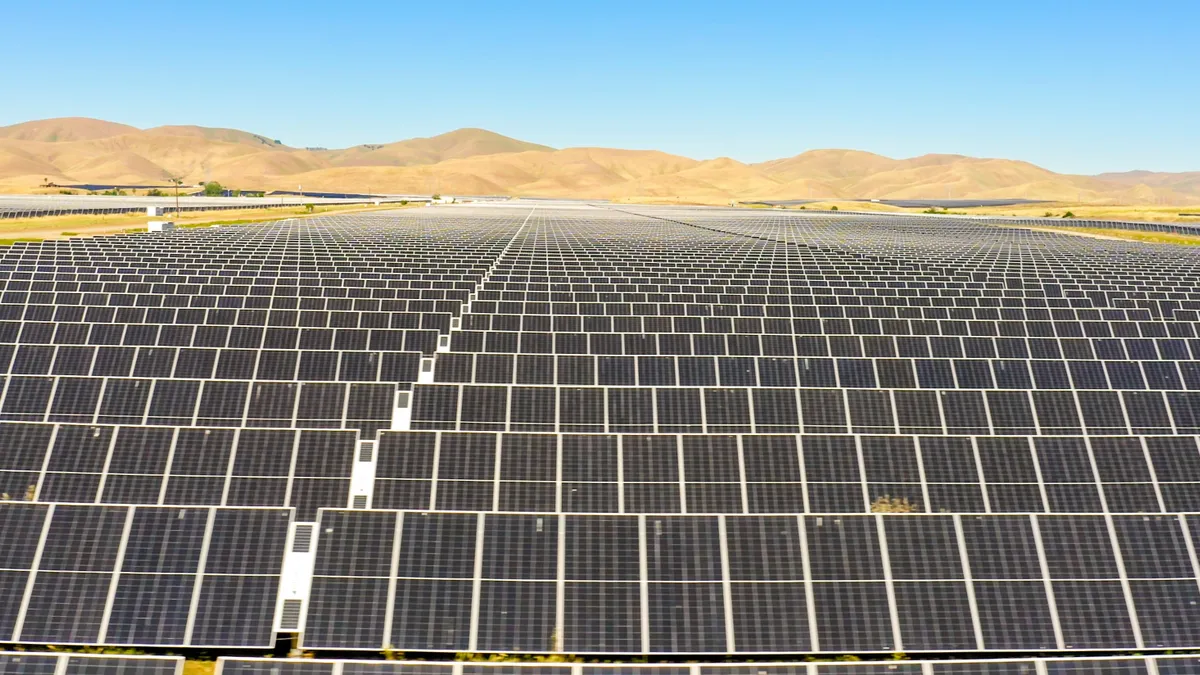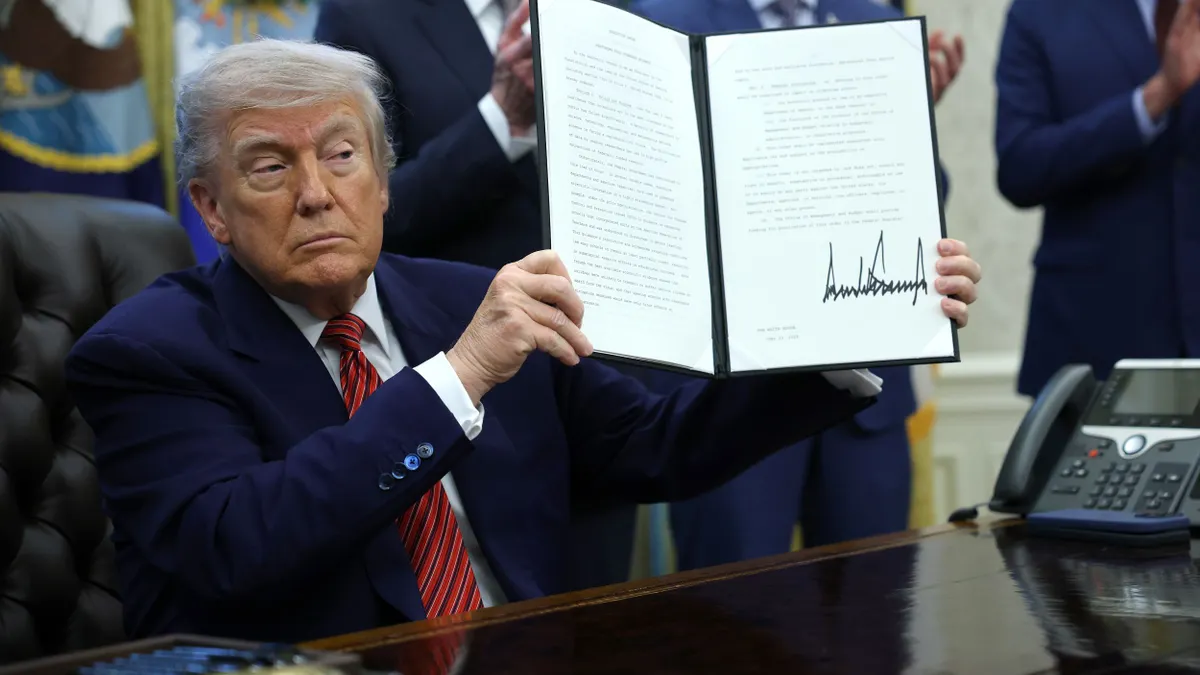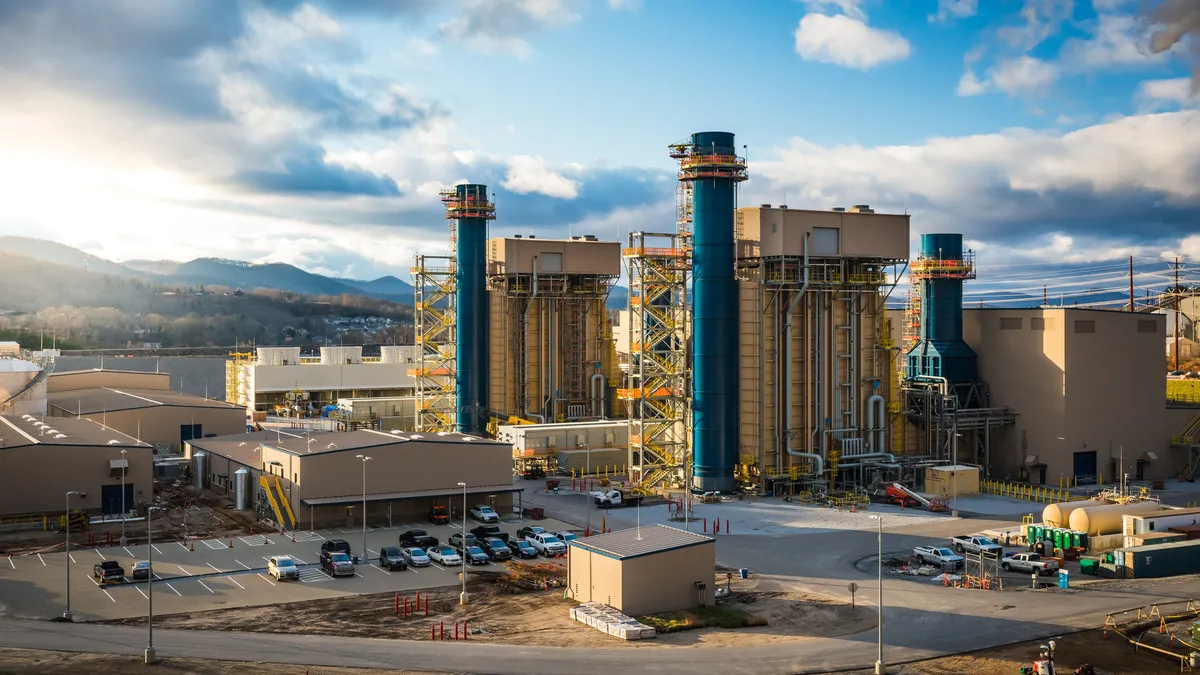Jon Wellinghoff is a former commissioner and the longest-serving chairman of the Federal Energy Regulatory Commission who, since 2021, has served as the chief regulatory officer for demand response aggregator and virtual power plant operator, Voltus. Neil Chatterjee is a former commissioner and chairman of FERC currently acting as a senior advisor in the Global Regulatory practice at global law firm Hogan Lovells.
There’s a great irony in this presidential election. While it’s shaping up to be one of the most acrimonious White House contests in the modern era, the two parties are demonstrating uncharacteristic alignment on a historically partisan issue: energy policy.
Indeed, if stump speeches and televised debates are any measure, it would seem that Vice President Kamala Harris, former President Donald Trump and their running mates plan to make the reliability and affordability of the American energy system a top priority. More surprising still, they’ve offered similar visions for how that might be achieved. Investment in fracking, civilian nuclear and natural gas-fired power generation capacity, and an American-made, “America First” renewable energy supply chain are all on the table.
The trouble, though, is how quickly and cost-effectively these particular tactics promise to deliver for the electric power sector, where our energy security and affordability needs are most acute. After all, domestic oil and gas production is already at record levels. The addition of new firm, dispatchable and utility-scale power plants — both renewable and fossil fuel-fired — has its merits, too. But households and businesses — as in, ratepayers — cannot reasonably be expected to accommodate either the time or expense needed to bring these resources online, particularly as the proliferation of data centers, manufacturing facilities, electrification and plain economic growth continue to strain the grid and drive up utility bills.
However, if we’re to take the White House hopefuls and their running mates at their word, namely that they feel every American is entitled to reliable and affordable power, and that an “above all energy policy” is how that guarantee will be upheld, then we two former chairmen of the Federal Energy Regulatory Commission — one Republican, one Democrat — have but one strategic recommendation.
It’s by leveraging existing regulatory authorizations to make better use of our existing assets and infrastructure — both utility-owned and “behind” the customer meter — that policymakers in Washington and beyond may not only best address the grid’s problems, but do so in a manner that has durable bipartisan appeal.
What’s needed, though, is leadership.
Start with FERC, the independent federal agency whose five White House-appointed, Senate-confirmed commissioners regulate the quasi-governmental “grid operators” that manage interstate transmission systems and wholesale energy markets. With a mandate to ensure that consumers have access to reliable energy at reasonable cost, the agency has issued numerous orders over the years to incent this very notion of resource efficiency across the electric power sector.
Chief among them is FERC Order Number 2222, issued in 2020 under a Trump-appointed chairman. The order directs grid operators to open their markets to aggregations of smart thermostats, rooftop solar panels, residential batteries, electric vehicles and other devices owned, leased or otherwise hosted by retail power consumers — as in, households and businesses — so that they may provide and be compensated for an array of increasingly valuable grid services traditionally performed by large, centralized, utility-owned resources.
The vision is to have these distributed power plants — which can be stood-up, scaled and dispatched far more quickly and affordably than conventional centralized power plants — drive down costs and boost reliability for all the grid’s users. The problem is that only one of the six FERC-jurisdictional grid operators, the California Independent System Operator, has successfully developed — and begun implementing — a wholly compliant Order No. 2222 implementation plan.
But it’s the case of the nation’s largest grid, the PJM Interconnection, that best illustrates the costs of non-compliance. Case in point are the results of what’s known as its July “capacity auction,” a process by which power plants are paid to commit to be available, and consumers are paid to conserve during future emergencies. Beset with an extraordinary mismatch of power supply and demand, the results of that July auction tell us that the price of electricity for 65 million people across the mid-Atlantic and Midwest is set to increase significantly next year, and it threatens to keep climbing thereafter.
Regrettably, in a region with growing fleets of rooftop solar panels, batteries and electric vehicles, distributed power plants, or DPPs, were not afforded a chance to mitigate this summer’s record-shattering capacity auction. Though, to PJM’s credit, it’s not for lack of trying; after one failed attempt, earlier this year PJM’s plan for integrating DPPs into its wholesale energy markets was accepted by FERC just a few days prior to the capacity auction. Yet, despite the proverbial canary in the coal mine, PJM has since informally proposed delaying their approved plan’s effective date by two years — or at least four additional capacity auctions — from February 2026 to February 2028.
That would mark more than seven years since Order No. 2222 was handed down.
If anything, this saga amounts to an indictment of procedure, rather than objective. But with four years gone since the passage of Order No. 2222, it’s high-time that FERC — set with a full panel of commissioners for the first time in months — eliminate the odds that implementation is protracted any further. That means allocating additional institutional resources to FERC’s own capacity to evaluate proposed Order No. 2222 implementation plans. And it entails obliging the grid operators’ requests for clarity on what passes muster, limiting whatever leverage they may have to stall.
For FERC to otherwise exercise its existing capacity to hurry grid operators along wouldn’t hurt either.
FERC would also do well to revisit some of Order No. 2222’s precursor orders, including Order No. 719. This order, issued during the second Bush administration and strengthened by a subsequent Obama-era rule, gives retail energy consumers a means to “sell” their energy use reductions in the wholesale energy markets — so long as their respective state utility regulator permits such transactions.
Thankfully, only a handful of state utility regulators have prohibited such market liberalization. And some, including Michigan, Missouri and Wisconsin, have even changed their positions as the value and availability of demand flexibility has grown more apparent in recent years. Yet, unfortunately, the preservation of Order No. 719’s “opt-out” provision for state utility regulators has, in a word, been an obstruction to Order No. 2222’s success.
For FERC to issue a revised order to, say, eliminate such a provision is anything but unprecedented — or expeditious.
Fortunately, policymakers in Washington and beyond may step-in where FERC’s hands are tied to help realize this vision of a more reliable, affordable and customer-centric grid. As states as vastly different as Texas and Maryland are showing, state regulators and legislatures are capable of working with regional grid operators to stand-up distributed power plants. Support can be more direct, too. A bill introduced earlier this year in Congress — the REDUCE Act — promises to put an end to the Order No. 719 opt-out provision.
In fairness, if grid reliability and electric affordability are the priority, then federal and state policymakers want not for options. Bipartisan efforts to clear the red tape that’s preventing the addition of new, large-scale power generators are certainly welcome, as is the growing bipartisan support for preserving the provisions of the U.S. Inflation Reduction Act that incentivize consumers to adopt devices that may be part of a distributed power plant.
But with time to act so short, tackling unfinished business is the clear priority.





















